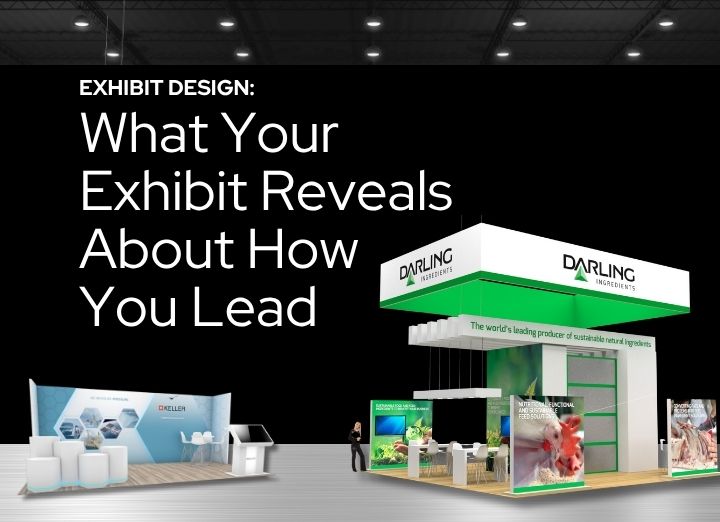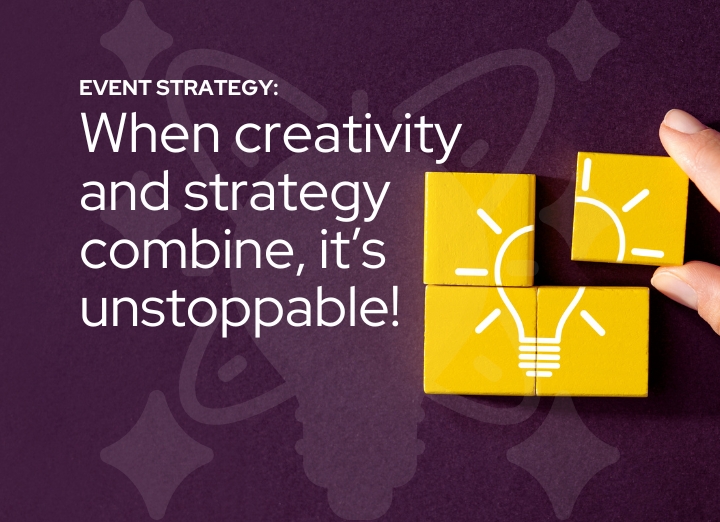When Should I Begin Planning for Next Year’s Trade Shows?
The answer to that question is: now. It’s never too early to start planning next year’s shows. What are your company’s objectives for next year? Will there be any new product launches? Is your exhibit in tip top shape or is it in need of refurbishment? Are you ready to give it a face-lift? Remember, there are a lot of moving parts when it comes to trade show planning, including:
- Show Plan
- Strategic Objectives
- Exhibit Preparation & Planning
- Pre- and Post-Show Logistics
- Exhibit Staffing
- Publicity & Promotion
- Pre-Show Exhibit Shipping
- Exhibit Setup
- Exhibit Dismantle
- Post-Show Exhibit Shipping
- Exhibit Storage
Develop your budget
Developing a budget is a crucial first step in trade show planning. This budget is going to cover everything for your show, including:
- Floor space
- The exhibit
- Setting up and breaking down the exhibit
- Transporting the exhibit to and from the show
- Staffing, travel costs, accommodations and meals
- Promotion, publicity & giveaways
- Exhibit storage
Determine your company’s goals and marketing strategy
Is your goal to generate leads, promote brand awareness or something else? Are you there to highlight products or services, or to introduce a novel product/service? How will you quantify whether or not the show is a success? How will you justify attending future shows?
Your marketing/sales department can guide you in tying in existing brand communications and campaigns to ensure clarity of messaging. Companies in an FDA-regulated industries need to be sure that all messaging and claims have been vetted and approved.
Baiting the hook
How do you plan to immerse show visitors in your brand messaging? How do you “hook” potential customers and “reel” them into your exhibit? A lot of companies these days use a “shiny objects” strategy, namely LED video panel displays, to attract attention. LED video displays can be used to showcase still images & video, and can be a particularly useful tool to communicate multiple ads and messages in a limited space.
Newer technology includes flexible LED boards that can be twisted, turned and contorted into just about any shape imaginable, and creatively incorporated into the actual design of the exhibit. Another new technology is transparent LED panels which are LEDs mounted in glass panels.
Shiny stuff may entice people to your exhibit (like moths to a flame) but how do you plan to keep them there long enough to make the interaction a success? If you want to have any chance of turning the lead into a customer, you need a plan. This is where your marketing strategy kicks in. Your message should be fresh, dynamic and exciting, not just a rehash of your marketing collaterals.
In her ExhibitorOnline.com article, “Getting on the Same Page” author Betsy Earle discusses some of the basic questions that can help form a viable marketing strategy, including:
- Why are we going to the show in the first place?
- Whom do we want to connect with?
- What are our objectives?
The right people for the job
Your exhibit staff is as important as your marketing strategy, and it’s vital to staff your exhibit with the right people to deliver on that strategy. They are the first line of contact with potential customers and represent the face of your business. Positive interactions with visitors and staff who are very knowledgeable about your products or services. In most cases the group will consist of internal staffing, but sometimes contract help may also be needed.
When it comes to selecting who will staff your exhibit, choose individuals who are outgoing and personable. They don’t all have to be sales people, but they should be knowledge experts in their field. Bring individuals who are good at making eye contact and who aren’t afraid to greet passersby, even if it’s just a simple “hi” or “hello.” Once you’re able to get visitors into your exhibit and strike up a conversation, you want to determine their needs and how serious they seem about possibly doing business.
Having a greeter is one way to triage the initial interaction so that you can align visitors with the ideal staff member to address their questions. Prepare your staffers in advance so that every individual knows what their role is, and make sure they are comfortable with it. Happy, confident staff make for happy, confident guest interactions.
Location, location, location
Always try to secure a strategic location to set up your exhibit, as early as possible. High foot traffic areas in conspicuous locations are always ideal, as are locations near food or drink stations, rest rooms and entrances. Repeat show vendors often get priority selection of floor locations far in advance of shows. If you can pre-select your location, you should.
Dot the i’s and cross the t’s
During planning, it’s a good idea to actively make lists of the steps and processes required as you progress. This helps not only in keeping track of logistics, but it can also be very useful when planning other future events. There are bound to be lots of “little things” that you tend to forget, especially if you don’t exhibit frequently. Creating little “road maps” and keeping checklists can help ensure easier transitions from show to show. Be certain, in advance, that all your marketing collaterals are proofed for grammar and typographical errors, and that all the content is relevant.
Enter social media
As the show gets closer, use social media to create a buzz about your trade show attendance. Let your followers know, in advance, that you’ll be attending the show and what your exhibit location number is. Write posts with enthusiasm and excitement to create anticipation in potential visitors and use incentives to bait that proverbial hook! Incentives can be just about anything; giveaways, food or beverages, product unveilings, i.e., “the next big thing” or even contests. They sky is the limit, so have fun and be creative!
During the show it’s a good idea to post to your social media accounts daily with the day’s recap and what tomorrow will bring. This is an especially good strategy for individuals who may not have visited your exhibit yet or who are not able to attend the show. Social media is an instantaneous and direct way to keep them in the loop. It keeps them connected to what’s going on, and for those at home, it brings a piece of the show to them. A bird in the hand is better than two in the bush, but why not try for all three?
Debrief
It’s always wise to have daily debriefings during the show, followed by at least one debriefing following the close of the show. You want to know what worked and what didn’t; what brought people to your exhibit; what changes you might plan for the next show, and whether or not your goals were met.
Trade shows provide wonderful opportunities to meet potential customers, reconnect with existing ones and promote brand awareness. Advance planning will help things go smoothly and keep stress levels at a minimum. Remember: It’s never too early to start planning ahead for next year’s show!
If you’re interested in updating your exhibit, or are getting overwhelmed at the thought of planning for next year’s trade show, click here to request one of our experts to contact you.





